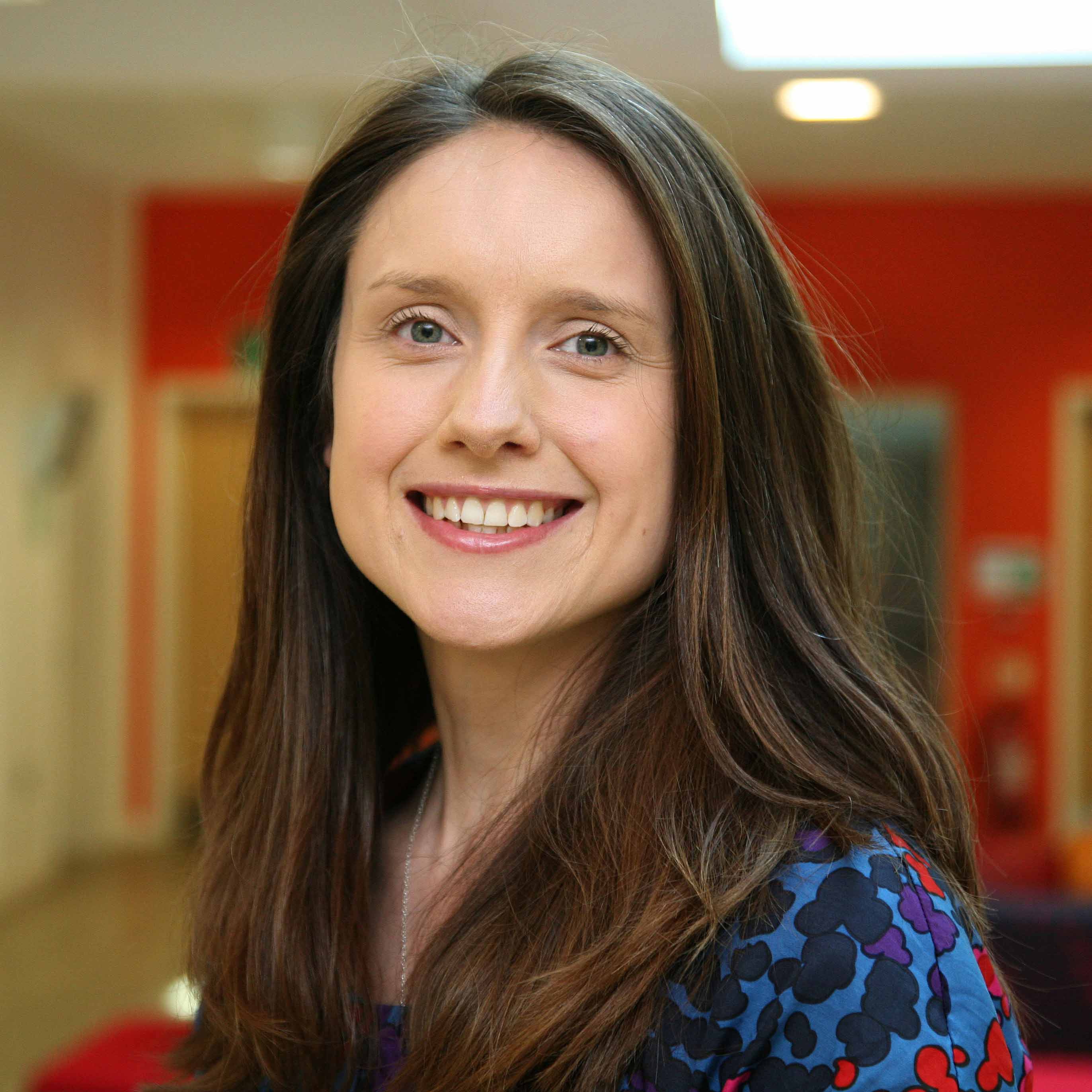So, you’ve got a new research paper coming out and you want to tell the story of your findings to new audiences but don’t want to give up too much control.
All your colleagues are talking about The Conversation but you haven’t written for the online outlet before. It can be difficult to know where to start – but, follow our top tips and you could join The Conversation’s community of more than 120,000 academic authors.
What’s in it for you?
There’s a reason why we always encourage our researchers to engage with The Conversation. Well, actually there’s five:
- You’ll get to write your story in your own words.
- You’ll reach new audiences, raising your profile, inspiring people to take an interest in your subject and informing public debate.
- The Conversation team believes in open access so your article will be free to read and free to republish, meaning it could end up in The Guardian, or The Washington Post.
- The Conversation has an established readership, so you won’t need to do anything to promote your article.
- You’ll get expert advice from professional editors and an opportunity to develop transferable skills.
Pitching your article
Whether you want to promote new research findings, or offer your expertise to a breaking news story, you’ll need to pitch your idea before you write your article.
Writing a pitch looks easy, after all, it’s only 100 words. But it has to be captivating, intriguing and unique, so every word has to be carefully considered.
Your pitch should explain your angle, why it’s relevant, why you’re the person to write it, and why now.
You can pitch yourself, using the pitch function on the website, or our team can make the pitch directly to an editor on your behalf. Either way, we’re here to help you hone those 100 words.
And remember, never start writing the article until your pitch is accepted.
Don’t be afraid of rejection
The Conversation editors receive dozens of pitches every day. When a big story breaks, it’s even more.
They can’t accept every idea and rejecting pitches is part of their job. Don’t take it personally if your idea doesn’t get accepted. Ask for feedback and use it as a development opportunity.
Writing your article
Before writing a word, think about your audience. The Conversation might be written by academics but it’s not written exclusively for academics. Your readers won’t be experts so explain complex issues simply, use examples to illustrate points, don’t get too technical and avoid jargon. Consider why what you have to say will matter to your readers. What it means to them should be at the heart of your article.
Remember the five Ws: ‘who’, ‘what’, ‘when’, ‘why’ and ‘where’. Not forgetting the all-important ‘how’.
Your first paragraph is the most important
Readers like to know what to expect from an article, but they also need to understand, right at the start, why it’s relevant.
This means your opening paragraph has two jobs to do: to give an idea of where your article is going, and explain what makes it topical today - that might be a story that’s hit the headlines, or an issue that is being talked about.
Two sentences should do the trick.
Referencing
A Conversation article isn’t an academic paper so you don’t need to worry about traditional referencing.
But you do need to provide links, to other news stories, research papers or data that backs up your facts.
You’re subject to some editing
The Conversation editors are professional journalists who know their audience. They want your article to do well because they want more traffic on their site and more of their articles republished elsewhere.
That means they might suggest edits to your article which they believe will make it more successful. They’ll never publish it without your sign off but be open-minded and listen to their advice.
Before you go
The Conversation editors offer regular training, incorporating one-to-one pitching opportunities. Keep an eye out for the next session in Essex Weekly or contact us.





